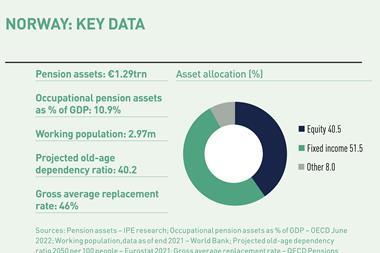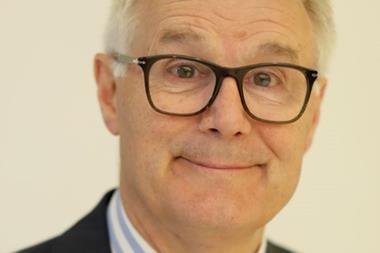Norway’s Government Pension Fund Global (GPFG) is having nine companies taken out of the benchmark index it is bound to follow, on the grounds of variously cannabis and tobacco production and the risk of environmental harm, according to an announcement yesterday.
Norges Bank, which runs the NOK12trn (€1.2trn) sovereign wealth fund, said its executive board had decided to exclude Aurora Cannabis, Canopy Growth, Cronos Group, and Tilray Brands from the index because of the criterion in its guidelines for observation and exclusion which states the fund cannot invest in companies producing “cannabis for drug purposes”.
“The four companies are not in the fund’s portfolio, but in the benchmark index,” Norges Bank said, adding that the decision was based on recommendations from the SWF’s Council on Ethics.
The Norwegian government changed the SWF’s guidelines last year, bringing in a black-listing criterion for businesses producing cannabis for drug purposes, saying cannabis was a narcotic substance that was illegal to produce and sell in Norway.
Two years before, Norges Bank’s SWF-management subsidiary NBIM had taken its own decision to blacklist five cannabis firms including Aurora Cannabis following reported criticism from the Norwegian Narcotic Officers’ Association.
The Oslo-based central bank also said in its announcement yesterday that its board had opted to banish the companies Scandinavian Tobacco Group, Eastern CO SAE, and Hanjaya Mandala Sampoerna on the basis of the production of tobacco or tobacco products.
Similarly, the bank said these three stocks were not in the fund’s portfolio, but were in the benchmark index.
Also being excluded, according to the announcement are Indian utility NHPC and South Korean non-ferrous metals producer Young Poong – both on environmental grounds.
Data on NBIM’s website shows the SWF had NOK60m invested in NHPC equities at the end of 2021, and NOK22m in the shares of Young Poong.
Regarding NHPC, the council said in that recommendation that the Lower Subansiri Hydropower Project in India, owned an operated by NHPC – and set to become the country’s biggest hydropower scheme – would inundate more than 30km² of mainly forest areas in a very biodiversity-rich area.
Species new to science had recently been found in forests to the west of the project, it said.
“Threatened species in the project area that are not found elsewhere (endemic) will be adversely affected by the project,” the council said.
In the case of Young Poong in South Korea, it said a smelter owned and operated by company had been accused of causing serious pollution as well as harm to both the environment and human health for many years.
“Studies show serious persistent and ongoing pollution, including emissions of heavy metals (for example, cadmium, zinc, lead and arsenic). There are also comprehensive discharges to a river system and pollution of soils,” the council said.
Gaurav Khandelwal of NHPC’s investor relations department told IPE that with respect to concerns about environmental damage, a hydro electric project only entered the construction stage after receiving all clearances from respective ministries and government departments, including environment clearance.
“So, all the aspects related to environment are duly considered and taken care of before the construction of the projects,” he said in response to an email from IPE.
“However, to invest and remain invested in a particular company is an individual decision of the investor,” he said by email, adding: “As such, we have no comment to offer on the decision of Norway SWF to exclude NHPC from its investment universe.”
Read the digital edition of IPE’s latest magazine






















